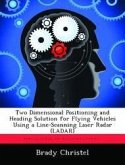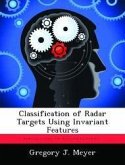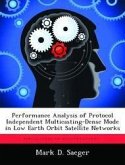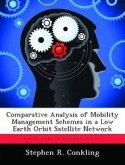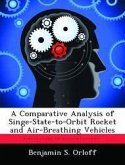Most objects tracked in space follow a regular Keplerian orbit; unfortunately, non-Keplerian objects such as maneuvering satellites, tethered systems, and thrusting ballistic missiles are becoming more common. It is important to be able to distinguish between Keplerian and non-Keplerian objects due to the potential risk of a tethered satellite being mistaken for an object on re-entry. This research focused on creating a computer model that can detect the non-gravitational acceleration present in non- Keplerian orbits. A 3rd order Taylor series expansion was used to model the dynamics and to produce simulated radar data. Linear least squares estimation was used to estimate the initial state of a space object with a state vector composed of position, velocity, acceleration, and its first derivative. Monte Carlo analysis was used to verify that the estimator was unbiased and representative of the uncertainty in the data. The Monte Carlo method detected non-gravitational acceleration as small as 1.12 cm/s2; however, a subsequent approach that analyzed the data sets individually only detected acceleration as small as 10.63 cm/s2. At smaller magnitudes, the estimator was able to detect the presence of non-gravitational acceleration, but was ultimately unable to estimate the true value with statistical accuracy.


